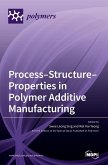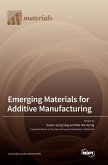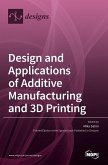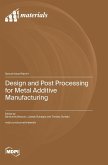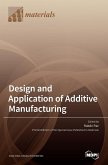This Special Issue book aims to take stock of the most recent design for additive manufacturing (DfAM) methodologies, methods, and tools. After an overview prepared by the Editors, which summarizes the present situation and predicts future trends in the research area, the book collects a series of papers which are arranged as follows. The first part presents papers on innovative design for additive manufacturing and optimization workflows. The primary purpose of these works is to support design engineers during the entire design process. They illustrate how to integrate methods and tools, and they provide information on the contexts in which DfAM methodologies can guarantee maximum benefits. The second part focuses on DfAM methods (e.g., cell modelling and self-supporting topologies), topological optimization (integrated within workflow design), and process simulation (also based on machine learning approaches). The third part begins with an extensive review of presently available DfAM tools. Then, it continues with the presentation of systems to support design processes (e.g., simulation for predicting the mechanical characteristics; definition of the tool path for the optimization of structural performance). The last part presents some significant applications for the research presented thus far. The applications refer to the electronics sector (novel resistive sensors), the biomedical sector (clips for measuring exposure in the breathing zone; shaped ceramic bone implants), and the energy sector (composite structures for marine energy systems).
Hinweis: Dieser Artikel kann nur an eine deutsche Lieferadresse ausgeliefert werden.
Hinweis: Dieser Artikel kann nur an eine deutsche Lieferadresse ausgeliefert werden.


